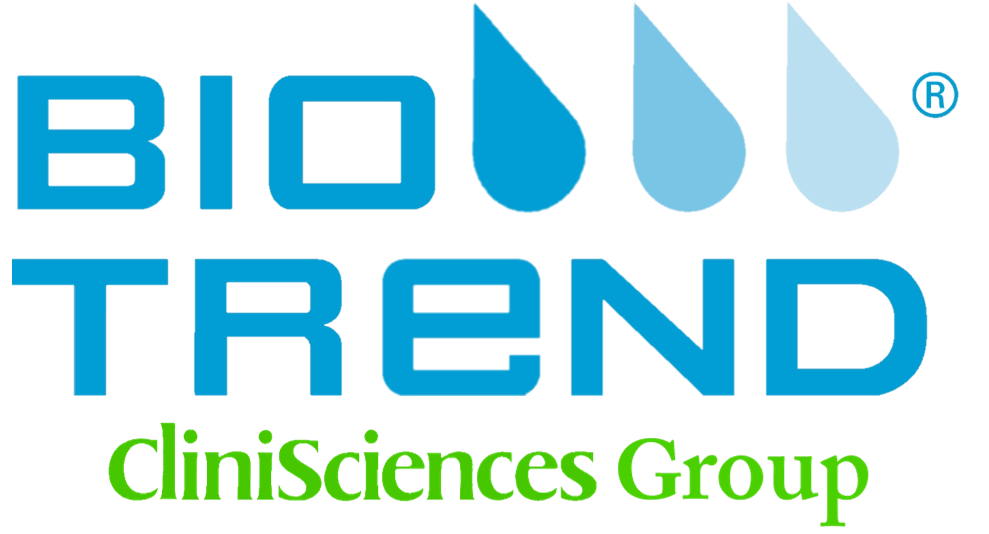Everolimus [159351-69-6]
Cat# HY-10218-5mg
Size : 5mg
Brand : MedChemExpress
| Description |
Everolimus (RAD001) is a Rapamycin.html" class="link-product" target="_blank">Rapamycin (HY-10219) derivative and a potent, selective and orally active mTOR1 inhibitor. Everolimus binds to FKBP-12 to generate an immunosuppressive complex. Everolimus inhibits tumor cells proliferation and induces cell apoptosis and autophagy. Everolimus has potent immunosuppressive and anticancer activities[1][2]. |
|||||||||||||||||||||||||||||||||||||||||||||||||||||||||||||||||
|---|---|---|---|---|---|---|---|---|---|---|---|---|---|---|---|---|---|---|---|---|---|---|---|---|---|---|---|---|---|---|---|---|---|---|---|---|---|---|---|---|---|---|---|---|---|---|---|---|---|---|---|---|---|---|---|---|---|---|---|---|---|---|---|---|---|---|
| IC50 & Target[1] |
|
|||||||||||||||||||||||||||||||||||||||||||||||||||||||||||||||||
| Cellular Effect |
|
|||||||||||||||||||||||||||||||||||||||||||||||||||||||||||||||||
| In Vitro |
Everolimus (RAD001) is an orally active derivative of rapamycin that inhibits the Ser/Thr kinase, mTOR[1]. In both the sensitive murine B16/BL6 melanoma (IC50, 0.7 nM) and the insensitive human cervical KB-31 (IC50, 1,778 nM), antiproliferative concentrations of Everolimus results in total dephosphorylation of S6K1 and the substrate S6 and a shift in the mobility of 4E-BP1, which is indicative of a reduced phosphorylation status[3]. Everolimus exhibits a dose-dependent inhibition in both the total cells and the stem cells from the BT474 cell line and the primary breast cancer cells, albeit with different degrees of growth inhibition. Compare with the total cells, Everolimus is less effective in growth inhibition in the stem cells at all tested concentrations (P<0.001). The IC50 values of Everolimus for BT474 and the primary CSCs are 2,054 and 3,227 nM, or 29 times and 21 times greater than the IC50 values for their corresponding total cells, respectively[4]. MedChemExpress (MCE) has not independently confirmed the accuracy of these methods. They are for reference only. |



